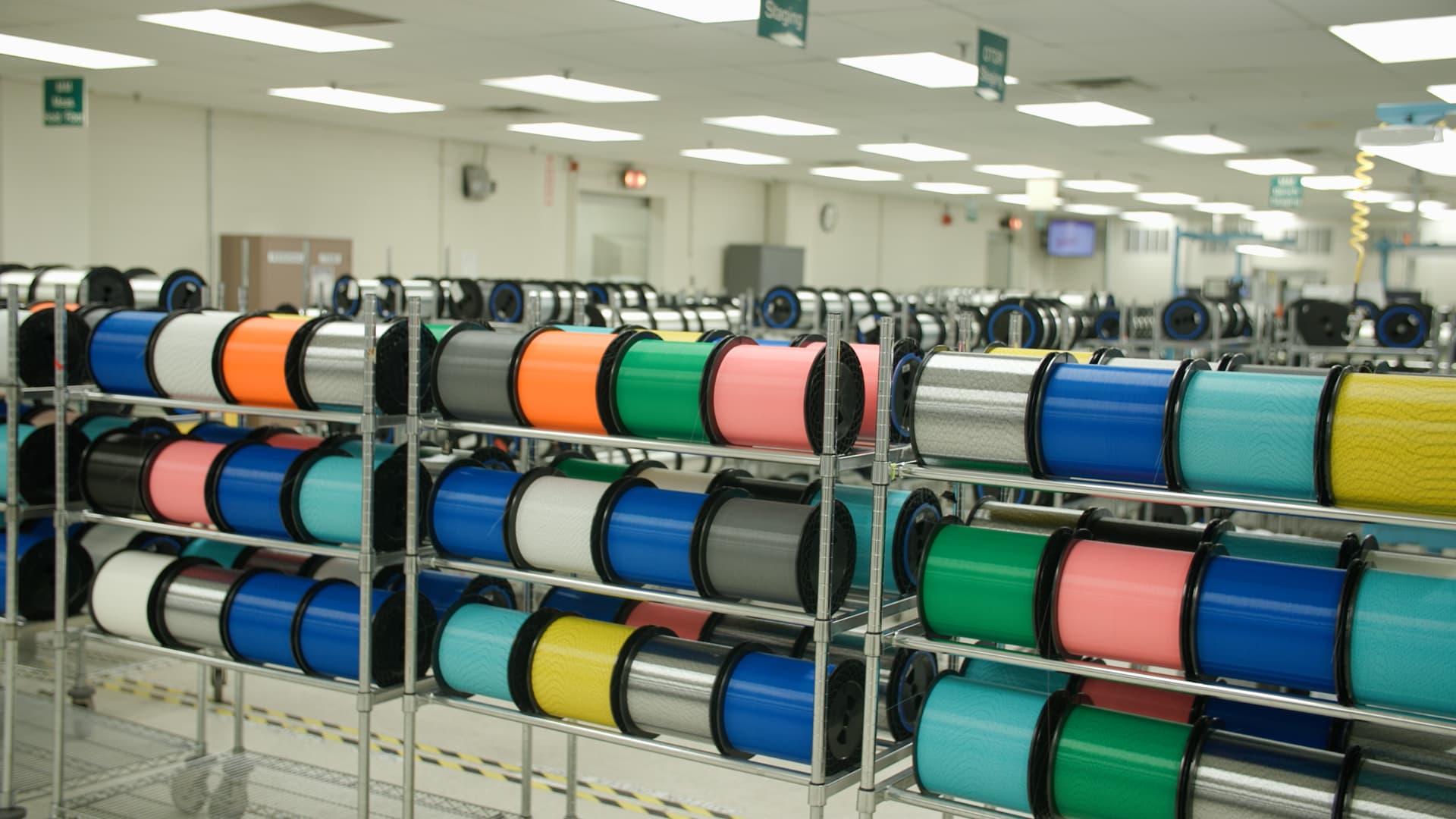Fiber-based networks make up the majority of the internet’s backbone. Fiber-optic subsea cables spanning thousands of miles connect continents together, exchanging data at nearly the speed of light. Meanwhile, the massive data centers that host all of our cloud-based applications also rely on fiber connections. Increasingly, these fiber connections are making their way directly into peoples’ homes, providing them with fast, reliable internet. But, only 43% of U.S. households have access to a fiber internet connection.
“In some instances, particularly in rural areas and very challenging geographies, it can be prohibitively expensive to to deploy fiber and it can be very expensive for households to pay for it,” says Julija Jurkevic, a senior research analyst at S&P Global Market Intelligence.
The Bipartisan Infrastructure Law that passed in November 2021 promises to bridge this digital divide, with $65 billion dedicated to expanding access to broadband internet to all Americans. Such government support, along with a number of other factors, have caused a spike in the demand for fiber products.
To understand the technology behind fiber-optic internet and how the market for fiber products is changing, CNBC visited Corning’s optical fiber and cable manufacturing facilities in North Carolina. Most famous as the maker of Gorilla Glass for iPhones, Corning is also the world’s largest producer of optical fiber by manufacturing capacity and market share, as well as the largest manufacturer of fiber cable in North America. In Q2 2022, Corning disclosed that the optical communications business was its largest segment by revenue, reaching sales of $1.3 billion.
Image and article originally from www.cnbc.com. Read the original article here.

